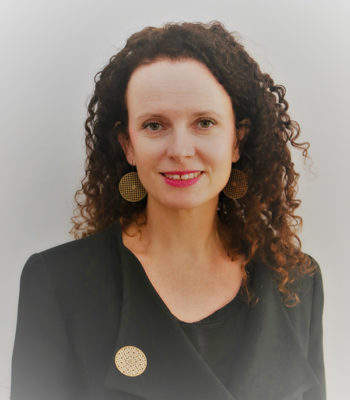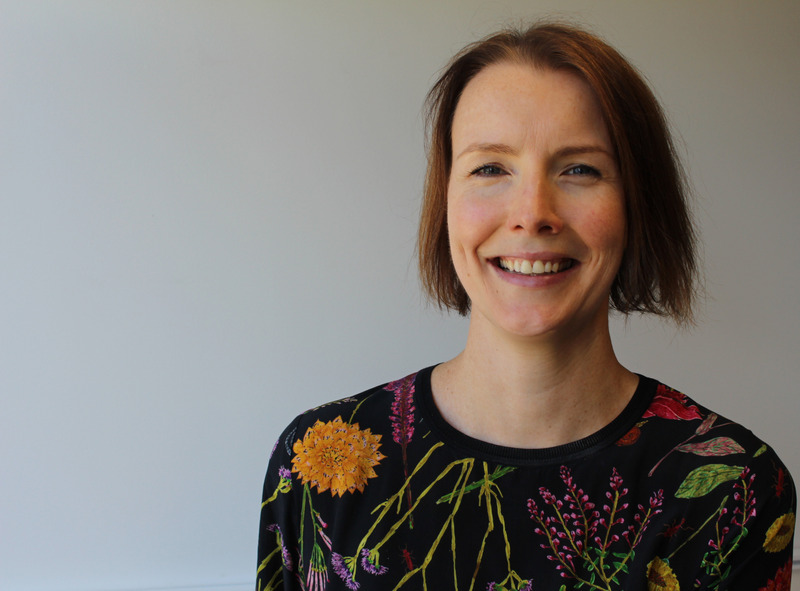
Forming partnerships can lead to truly rewarding research that directly responds to policy needs and can make a positive impact on our health system. But how do early career researchers build these relationships…and keep them? This is the topic of the Sax Institute’s training course on 10-11 March. We caught up with one of the presenters, Associate Professor Mary Haines, for a sneak peek of her tips for building successful partnerships.
Q: It can be challenging (and slightly nerve wracking) for early career researchers to start building research partnerships with policy makers. Where do you think is the best place to start?

A: The first place to start is to ride on coattails. By this I mean: start working with senior experienced researchers who work closely with policy makers who will mentor you. Or look for research groups that already work in a partnerships framework with policy makers and try to collaborate with them. You can learn so much by watching an experienced researcher who already knows how to co-design. You can also learn a lot by connecting with their networks and seeing the processes that they implement.
Another place to start is to do your homework. If you want to work with policy makers, find out who those policy makers are. Find out what policies they need to respond to. For example, if you’re interested in obesity, look at who has responsibility for obesity prevention at the national and state level. Find out how the policy environment works, and figure out what their policies are. Go and read them on their website, see what they’re trying to do, and also find out who the key policy makers are in that area. Do your homework – early career researchers know a lot about the science in their area, but it’s important to do the homework and be across what policy makers are thinking.
Finally, network. When you’re at conferences, or in a meeting with a senior lead researcher you’re working with – see who’s there from the policy agencies and just slowly dip your toe in the water. Find out who they are, ask them what their issues are, explain to them what you’re working on (very briefly!) Just start to build up a network and a mental map of who’s who in the zoo – think of it as the equivalent of joining a new sport and finding out what team you want to join.
Q: The path to identifying the right partnerships may not always be straightforward – how strategic do you think researchers need to be?
If you want to work with policy makers, you need to be very strategic, but you also need to be flexible. The strategic part involves what I said before about doing your homework and really understanding what policy makers have to deliver on. Once you know that, you can really identify where your work fits in, and show how you can help deliver on an action.
That said, researchers have to be increasingly flexible and use that much-used word in 2020: pivot. Sometimes early career research focus areas can be fairly narrow, and if you want to be a researcher that works in policy relevant research you may need to pivot a bit. So back to my earlier example about obesity –you might have studied obesity in one population group. But if that population group isn’t the focus of a policy maker’s plan, then could you consider identifying another population group, using the same tools and methods as your previous group? Strategy is born out of opportunity, so be flexible and open to pivoting.
Q: Are there any ‘don’ts’ you think researchers need to be mindful of when engaging policy makers?
It’s important to watch for researcher hubris – and by this, I mean simply appreciating that policy makers are very smart and experienced people, who might know more about the topic than you do. You really need to listen and not underestimate their knowledge.
Speaking of which, don’t overwhelm policy makers with facts. If you have the opportunity to share your research findings with a policy maker, try and make it really succinct and clear. Start with the main message of what you found, and then provide a few facts to back it up. Be clear, succinct and brief.
And this isn’t really a ‘don’t’ but more of a tip – be patient! It takes time to build relationships and many, many years to really have an impact on policy. But it’s an incredibly rewarding way to do research.
Q: What would be your top three pieces of advice to early career researchers to get their research findings known and used?
- Learn from the best and work within an experienced research group that does applied research in partnership with policy makers.
- Work with policy makers at the very beginning to scope your research question. Then you know they’ll be hungry to know the results.
- Really understand the policy context and think through how your research can help deliver on policy and program priorities. When I was in government, some researchers would show up and they hadn’t even read our organisation’s strategy. If you can open a conversation by saying something like: I read the XX plan for the state and I know you need to deliver YY…we thought our research might be able to help, but we wanted to see if there were any questions you would be interested in us helping you answer. That is such a different conversation! And it opens the door rather than closes the door for you.
Of course, this is all just a taste of what we’ll be covering in the training course in March, which is an excellent way for researchers to get a jump-start on their careers and understand the key factors that underpin successful research that responds to policy needs.
Register now for the full training event: Building successful partnerships for policy-relevant research
Date: 10-11 March 2021
Time: 9:30 AM – 5:00 PM
Venue: Karstens, Level 1, 111 Harrington St, Sydney.
About Mary Haines
Associate Professor Haines has 20 years of senior experience across government, corporate, academic and not-for-profit sectors, with expertise in health research, evaluation and translational initiatives. Mary has held senior executive service and Board positions in the NSW Government, and serves as board member of Sydney Local Health District. Mary is an Adjunct Associate Professor at the University of Sydney, School of Public Health, Menzies Centre for Health Policy and Senior Adviser at the Sax Institute.





